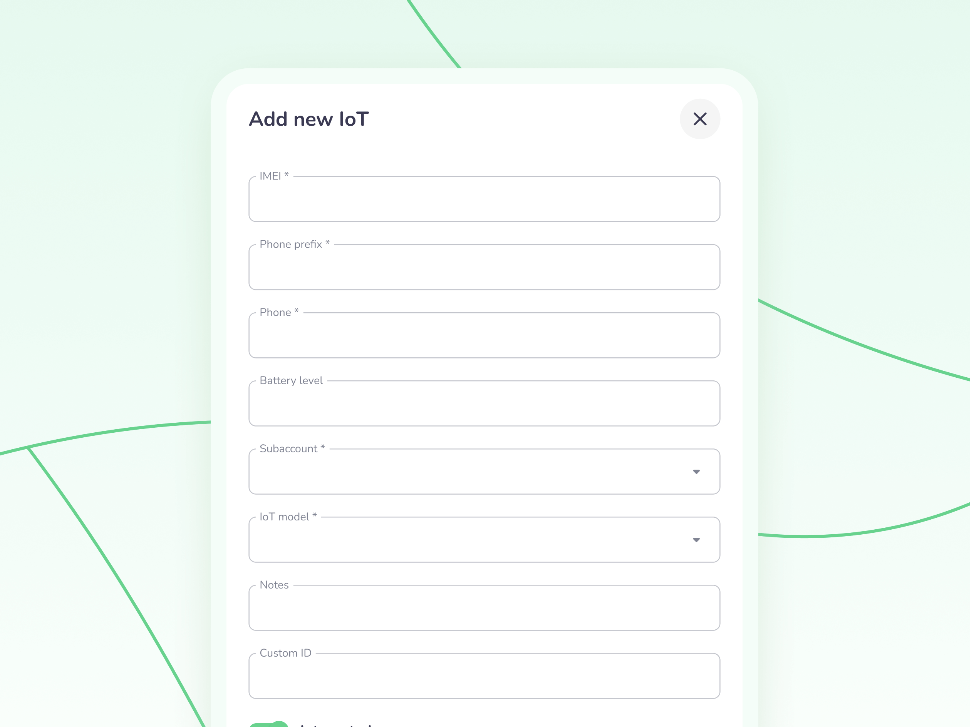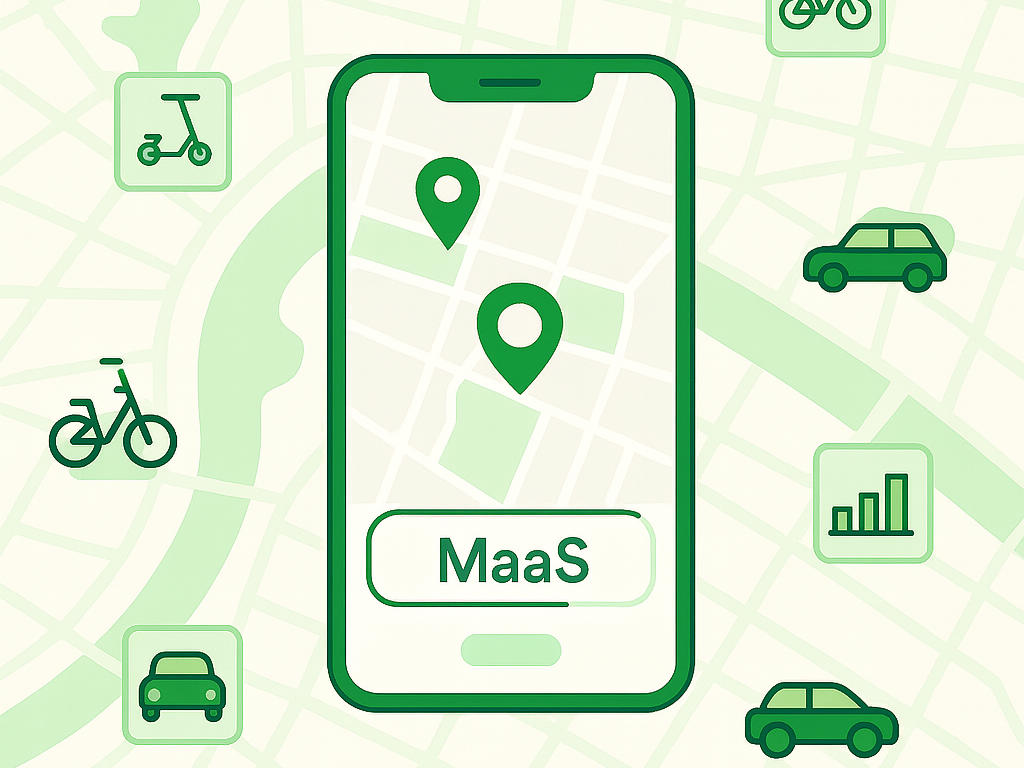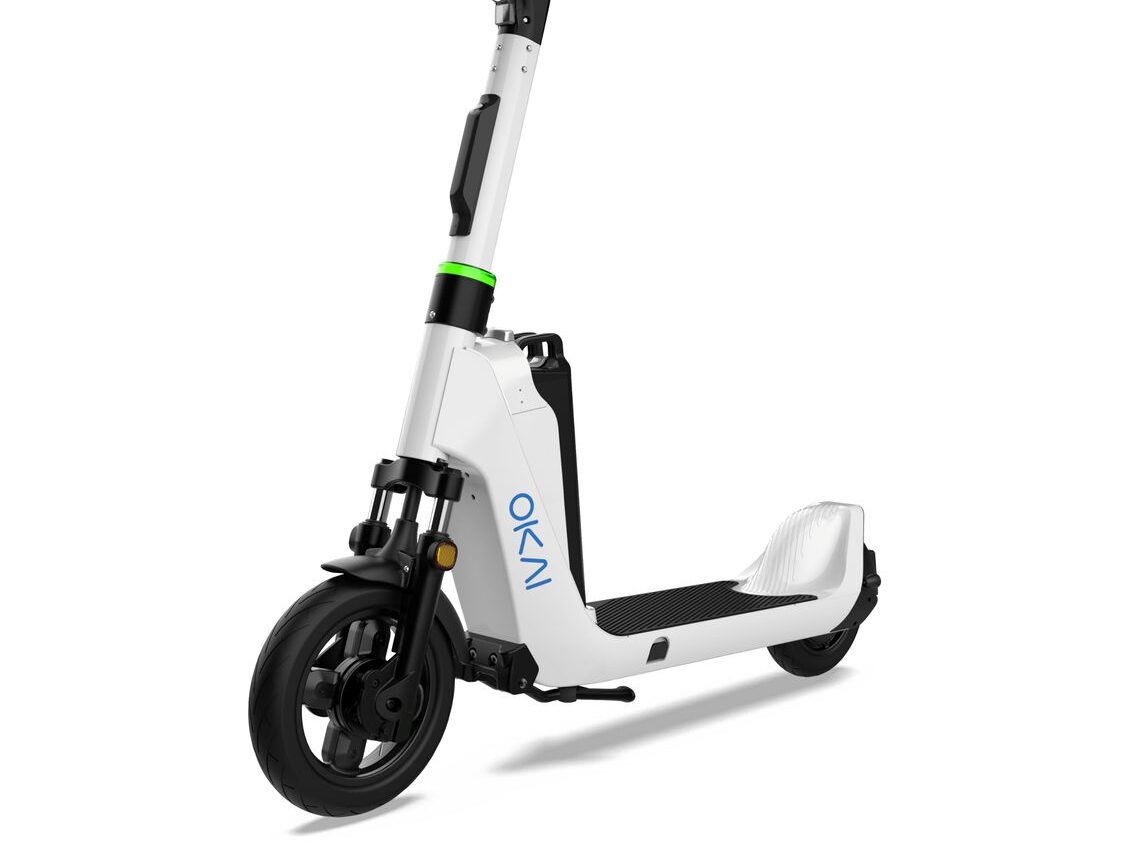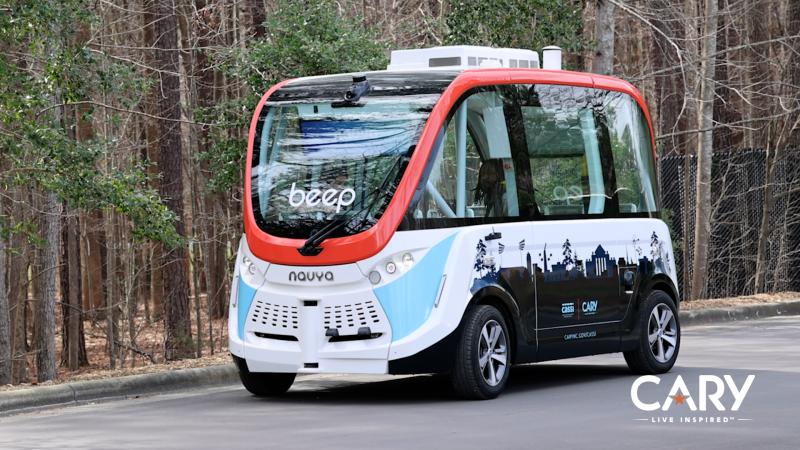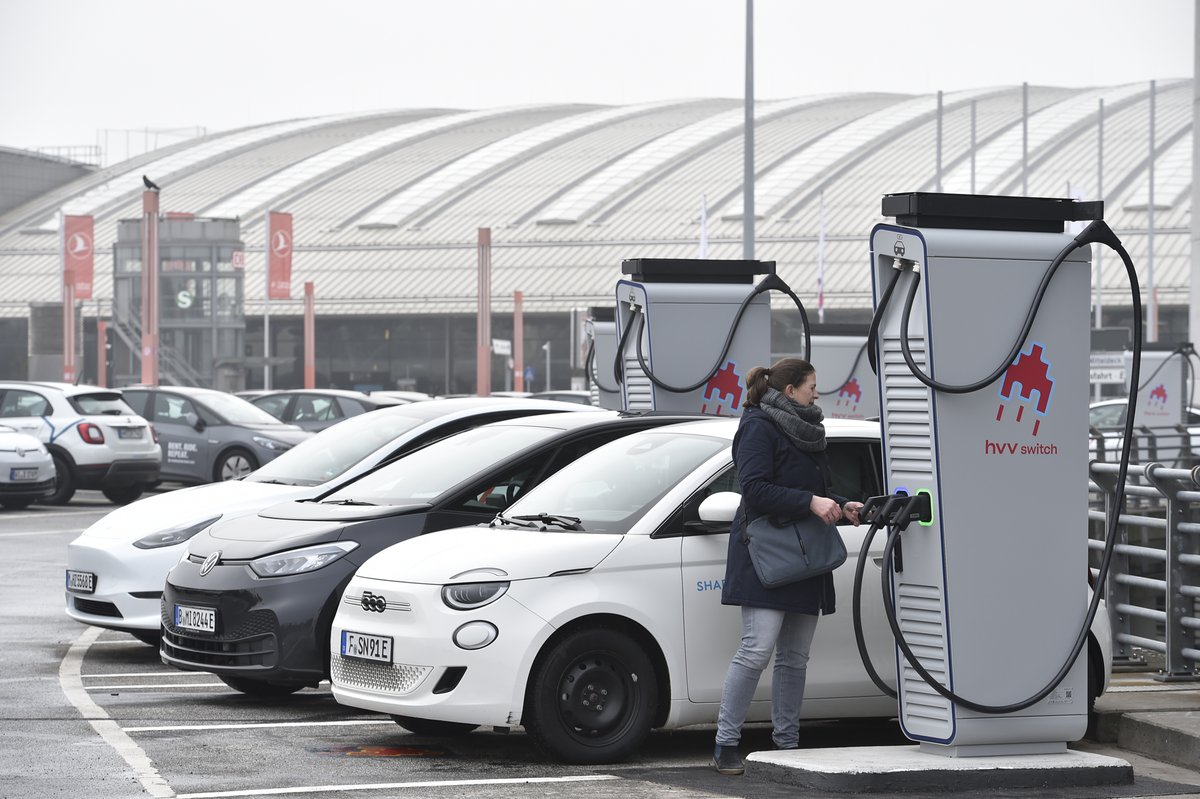5 Things to Keep in Mind When Choosing Your Vehicle-Sharing Fleet for the 2023 Season
Whether you’re an experienced mobility veteran or a first-time entrepreneur, there are several things you need to keep in mind when choosing or upgrading your fleet for the 2023 season – be it cars, ebikes, or scooters.

In 2023, we’ll see cities and countries implement stricter mobility management regulations and new safety requirements. Customer expectations will continue to grow in tandem with rising competition. And technological advancements will push the electric mobility industry to new heights.
To stay competitive and meet customer demand in terms of both quality and quantity, it’s crucial to not only choose the right fleet for your business, but also carefully manage the related decisions that come with such an order. This will help you avoid running into unwelcome surprises both in the short- and long-term.
Here are the aspects to keep in mind when choosing your fleet this year:
1. Shipping prices are lower than last year
Following a hectic 2022 for logistics, 2023 brings good news for businesses – shipping prices have come down significantly and supply chains are finally starting to show some stability.
Recent research indicates that there has been a significant decline in freight rates, reducing shipping costs by up to 50% compared to last year’s peaks. The falling cost of shipping provides mobility businesses with the opportunity to make better use of their resources and can even make a significant difference in business viability.
That said, it’s difficult to accurately predict the trajectory of shipping prices going forward. Previous years have been characterized by perpetual instability and there is a possibility that costs may rise again due to global events. Hence, shipping expenses should be top-of-mind when considering ordering new vehicles, particularly from overseas.
2. Choosing vehicles: you get what you pay for
It may be a smart idea to reinvest the savings from falling shipping costs into the vehicles themselves. While cheaper brands might look appealing, bear in mind that they typically require more maintenance than their more expensive counterparts.
Accordingly, a larger upfront investment into more durable and reputable vehicles may pay off in the long run, as you benefit from reduced need for maintenance and the labor that comes with it. Better durability also means a longer vehicle lifespan.
For example, some of the largest shared e-mobility operators purchase their fleet from OKAI, which vehicles are known for their durability and can be ordered from the company’s warehousing facilities in Europe. Segway and Feishen are two other Chinese manufacturers that also provide stock from their European warehouses. If you prefer EU-manufactured vehicles, you may want to consider the Estonian scooter manufacturer Äike.
Cheaper models may still be a fantastic option for first-time mobility entrepreneurs aiming to validate their business idea. However, anyone in it for the long haul should carefully weigh the risks and benefits of large investments in lower-end models.
That said, if buying a brand-new fleet is too costly for your business, consider used vehicles that were previously owned by other operators in the EU. It can be a more cost-efficient alternative for operators just starting out. Check out our vehicle marketplace, reach out to us, and we’ll help you put your fleet together.
3. Regulations will change and your fleet must adapt
The micromobility industry has long been loosely regulated, but now this is quickly changing. This year, we can expect new and stricter requirements, especially when it comes to kick scooters. And you must be ready to adapt your fleet to meet these emerging requirements.
In other words, along with swappable batteries and a durable design, things like scooter modularity and adaptability will become more important than ever before. These features are crucial not only for integrating new technologies as they emerge, but also in their ability to comply with newly introduced regulations.
For instance, the growing movement to make helmets a requirement with kick scooters should lead you to consider models that either have these locks, or can be retrofitted to add them. Otherwise, you may find yourself with an unusable fleet.
4. Invest in spare parts ahead of time
Researching and purchasing extra batteries and recommended spare parts beforehand can help reduce downtime and ensure that your fleet is always ready to perform at maximum efficiency.
Dominik Graaf, advisor at FEISHEN New Mobility, suggests:Getting at least a 50% share of spare batteries along with the initial order is a good idea.
Dominik also highlights that, when it comes to spare parts, it’s better to stock up on extra ones, than to find yourself with an incapacitated fleet for months as you wait for critical parts to be shipped. The best way to determine which and how many parts you need is to ask your manufacturer of choice.
Manufacturers typically have comprehensive metrics about the performance of their own products – they know the weak points, they know the lifespan, and they know the most common issues. Accordingly, they’re uniquely positioned to make good recommendations about spare parts and often offer pre-made packages along with the initial order. You can expect the cost for spares to be around 2-5% of the value of the scooter.
5. Understand the associated costs of importing vehicles
If you’ve been researching manufacturers and their prices, you’ll probably have reached the conclusion that it’s cheaper to order from overseas than buy locally. There are significant price differences between, for example, buying scooters in the EU vs Asia, even when purchasing from the same manufacturer.
But the price of the vehicle is only half the story.
According to Dominik Graaf, the reason for the price difference is import-associated costs – when ordering from Asia, you will have to bear all the costs for shipping, customs, and delivery. Not to mention the hassle of managing the entire process. Whereas when you buy from a European warehouse, the bulk of these costs have already been paid by the manufacturer and are accordingly priced into the scooter or other vehicle.
Once this is accounted for, the price difference falls sharply.
Moreover, buying in Europe confers various other advantages, the most important being dramatically shorter lead times, reducing the time until you see the first scooters from months to weeks. Additionally, it gives you a local contact point, as well as simplifies accounting and other managerial processes.
Do note that, at the end of the day, it may still prove cheaper to buy from overseas. However, unless you’ve got the experience and tenacity to deal with international shipping and its related headaches, we recommend starting as locally as possible.
Bring it on, 2023
To summarize – we’re at a unique time when falling costs offer more businesses the option to consider longer-term investments. Be it more durable scooters or well-stocked backup parts, now is a good time to be forward-thinking.
With the right fleet and the right mobility platform, your business will be well-positioned to navigate the challenges and opportunities of the 2023 season.
If you’re looking to purchase vehicles for your mobility-sharing business, start with exploring ATOM Mobility’s vehicle marketplace.
Need help or advise on business, software, or vehicles? Let’s talk!
This article was originally published by ATOM Mobility.





